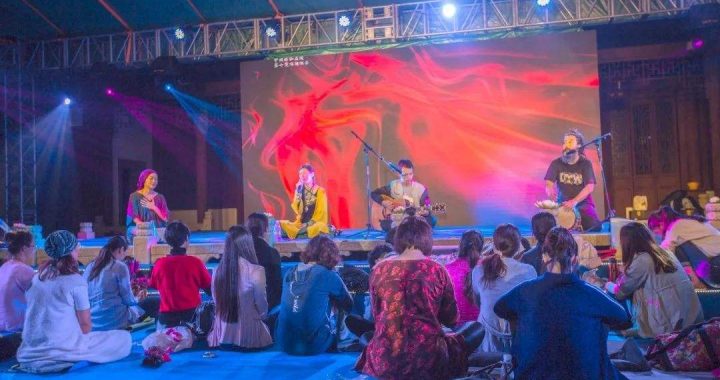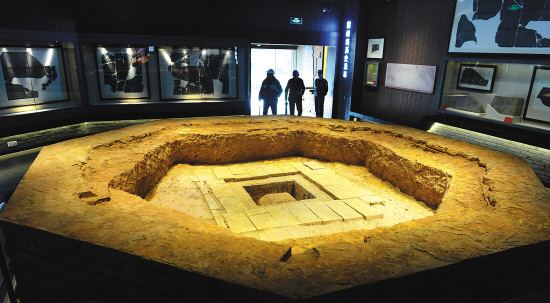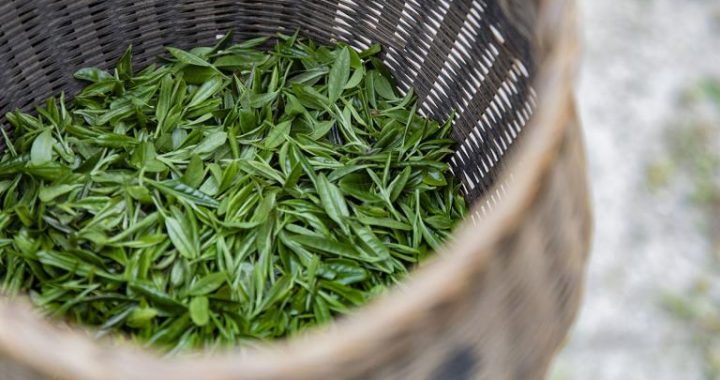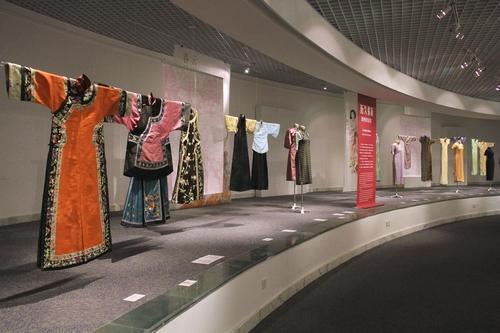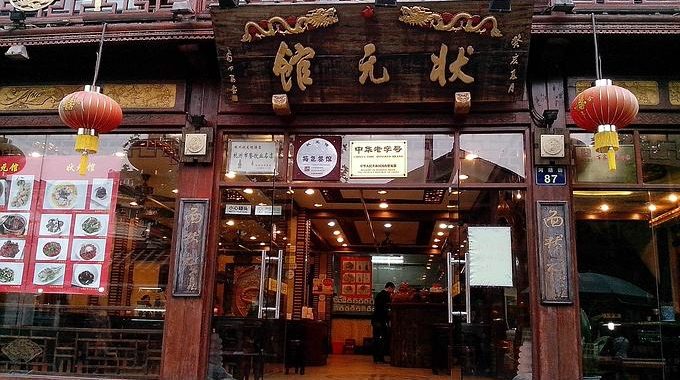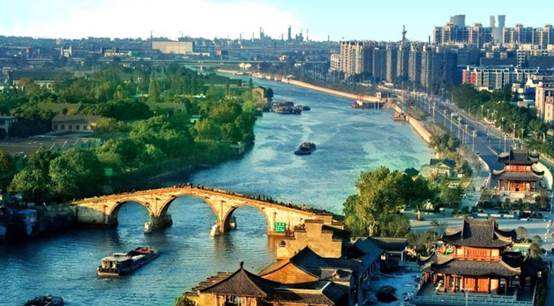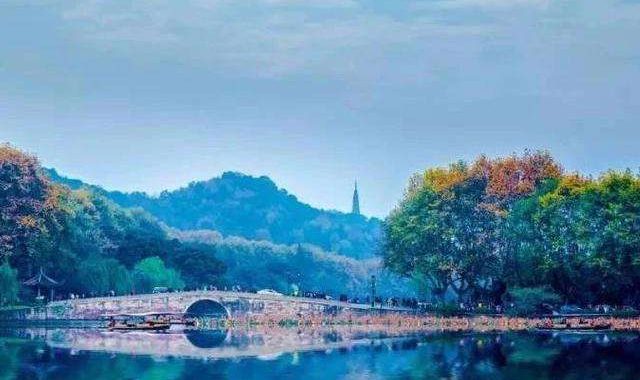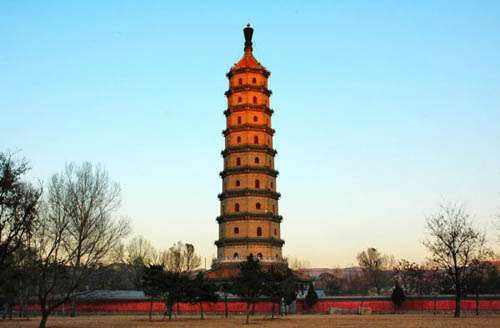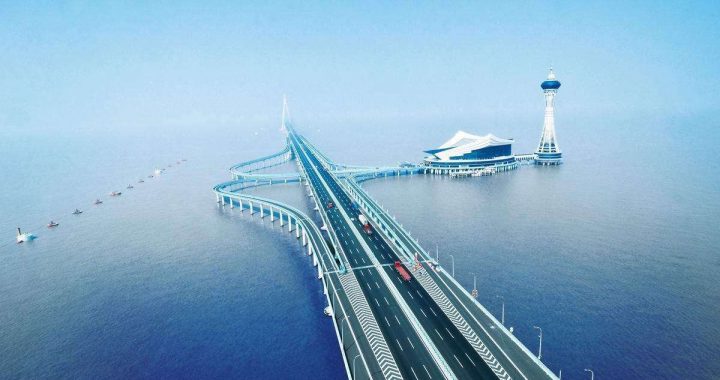Hangzhou, the City of the Lake
3 min readHeritage: West Lake
Leifeng Pagoda rises above West Lake’s tranquil beauty. iures ages of weept Hangzhou’s legendary West Lake conjures images of sweeping willows and morning mist Jure along the shores of China’s most famous and revered of lakes.
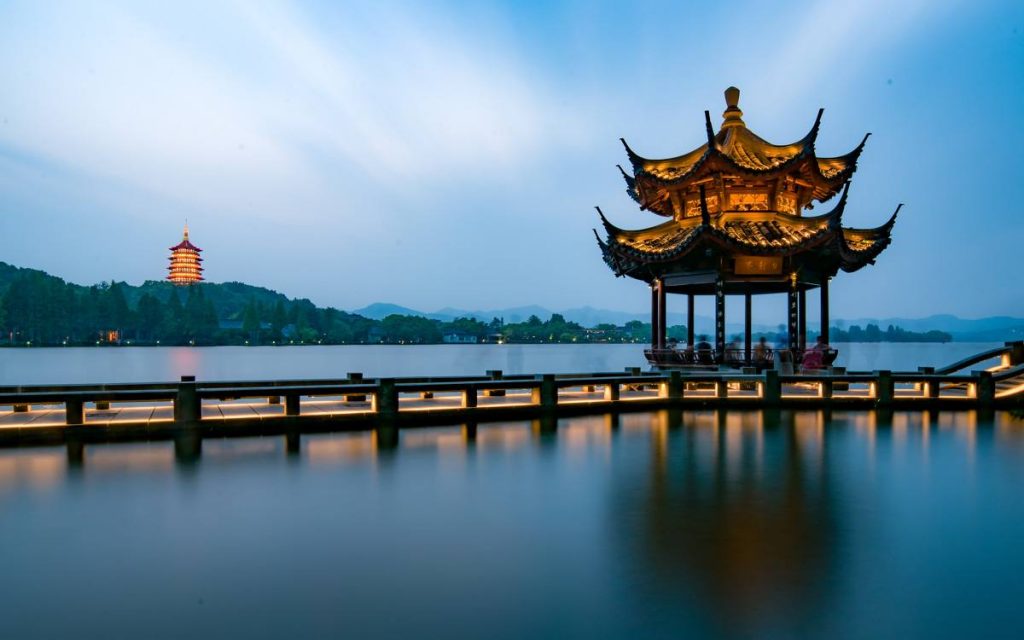
Heralded as one of the most romantic cities in China, Hangzhou is ripe with historic and sensual sites to enchant the amorous and curious who make their way here. Just over 124 miles (200 km) southwest of Shanghai, Hangzhou requires only short jaunt to sample its charming pagodas, the timeless West Lake and the city’s modern amenities.
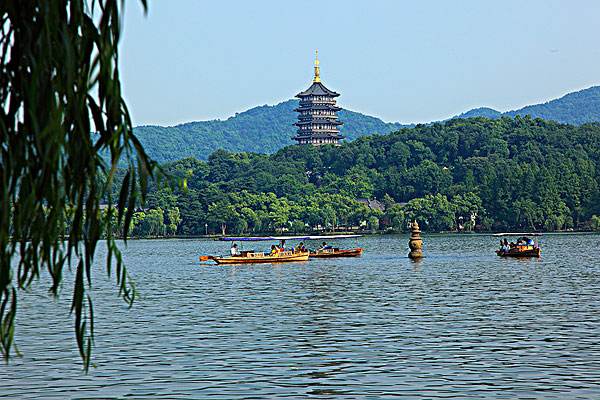
What really put Hangzhou on the proverbial map was the Grand Canal(da yunhe) Built during the Sui dynasty, the frand Canal was massive network of canals and waterways linking Hangzhou to the north. As food and goods were shipped from the agriculturally rich South to supply the comparatively desolate north, Hangzhou quickly developed into an important center of transportation and trade.
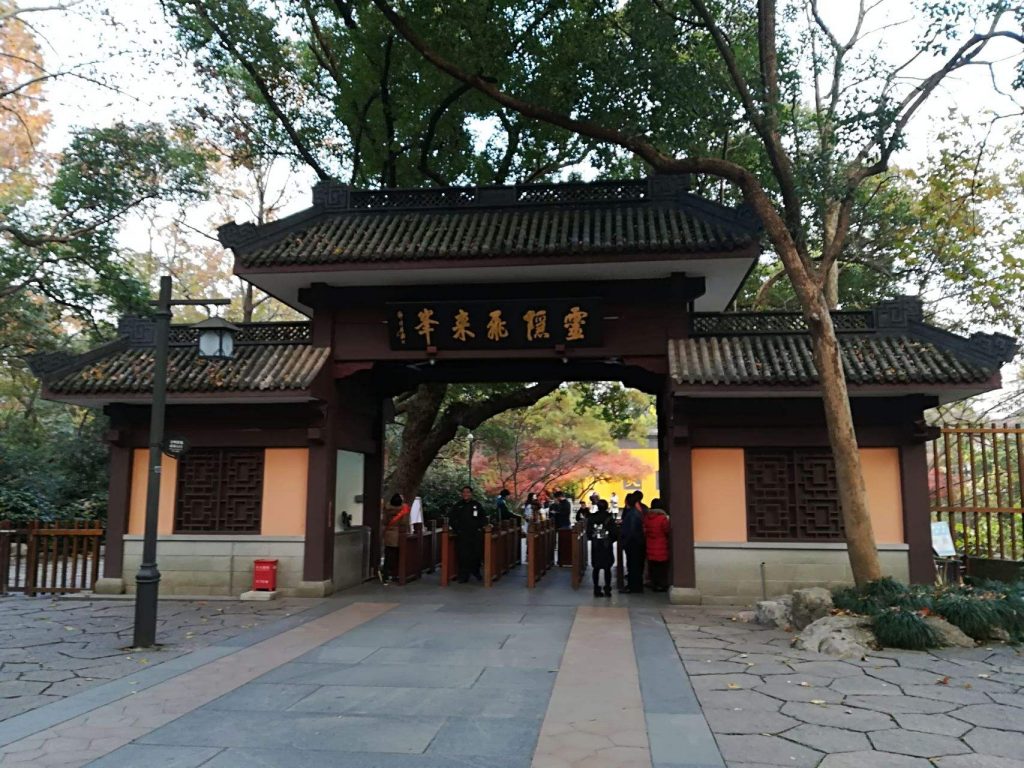
Hangzhou’s height came when the Song dynasty court was driven from its capital at Kaifeng by northern invaders. The court resettled in Hangzhou and made it the imperial capital of the Southern Song dynasty. A population boom followed and the city flourished economically and culturally. Song influences still abound throughout the city from the food to the language Qing emperor Kangxi was especially charmed by the Lingyin Temple (lingyin si), and one of his couplets is inscribed on the Hall of Four Heavenly Guardians (tianwang dian) which stands at the front of the temple. This celebrated temple was originally built in AD 326; despite being destroyed and rebuilt 16 times over, it remains one of Hangzhou’s main attractions. At the back of the temple is a giant 64. 3-foot(19. 6 m) camphor wood statue of Buddha. If it’s not too crowded, the serenity of the grounds will let you feel as tranquil as Buddha. The Lingyin Temple Scenic Area (lingyinsi jingqu) is huge; the area includes the temple and the mini-mountain- Feilai Peak(feilai feng) In one section of the park are large Buddhist rock carvings -explore the grounds and you’l1 discover many quaint photogenic scenes.
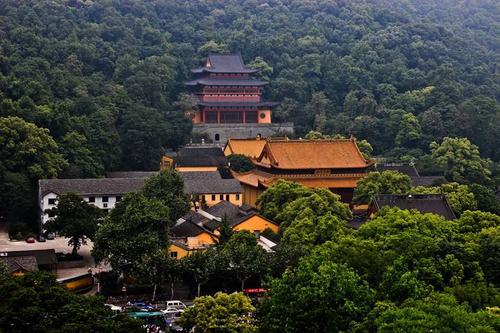
The main hall of Lingyin Temple is one of Hangzhou’s best-known sights. (1gynsi) Other attractions are centered on Hangzhou’s historic silk and tea production, both of which boomed after the city was connected to the Grand Canal at the end of the 6th century, a fact not lost on visitors who make their way to the China Silk Museum (zhongguo sichou bowuguan) to purchase choice fabrics or to the Dragon Well Tea Village (longjing wencha) to imbibe sweet drinks. If highbrow elbow rubbing is to your liking, follow the flocks to Xihu Tiandi(xihu tiandi). Located on the southern shore of West Lake, this trendy cluster of shops beckons with bamboo lined cobblestone alkways. It’s quickly becoming the hottest place to be seen, but the Six Harmonies Pagoda(liuhe ta) is still one of the coolest places to see.this197-foot(60m)octagonal giant once served as a lighthouse and rises in the southwest of the city overlooking the calm Qiantang River. Head behind the pagoda and follow the footpath that winds past sculptures and shrines.
For dose of heroism, visit the Mausoleum of General Yue Fei(yuefer mu dynas ynasty most talented defender against 12th century Jurchen hordes. This famed patriot dere was the Southern Song dynasty’s greatest hope for survival in the face of a determined invader, but due to palace intrigue, he was stripped of his post and murdered in prison. He was posthumously rehabilitated and his tomb and that of his son now stand in the quiet temple grounds. four iron statues of his tormentors kneeling in shame. Temple statue racti visitors used to spit at these statues, though this practice is now prohibit The lunar tidal bore phenomenon on the Qiantang River (giantang jiang is most spectacular around September or throughout the year at high tide, During these times, town of Yanguan (vanguan ) 23. 5 miles (38 km) northeast of Hangzhou, though it’s also viewable in Hangzhou. A word of caution: this rushing wall of water has killed those who got sucked in, so don’t get too close.
